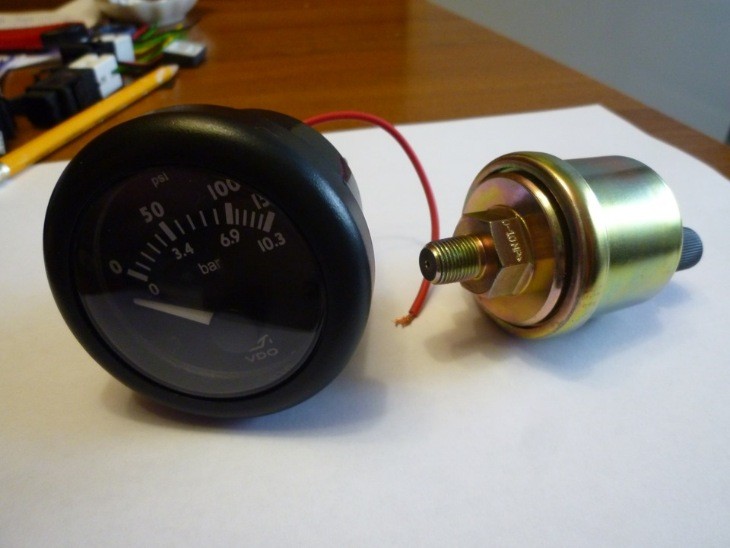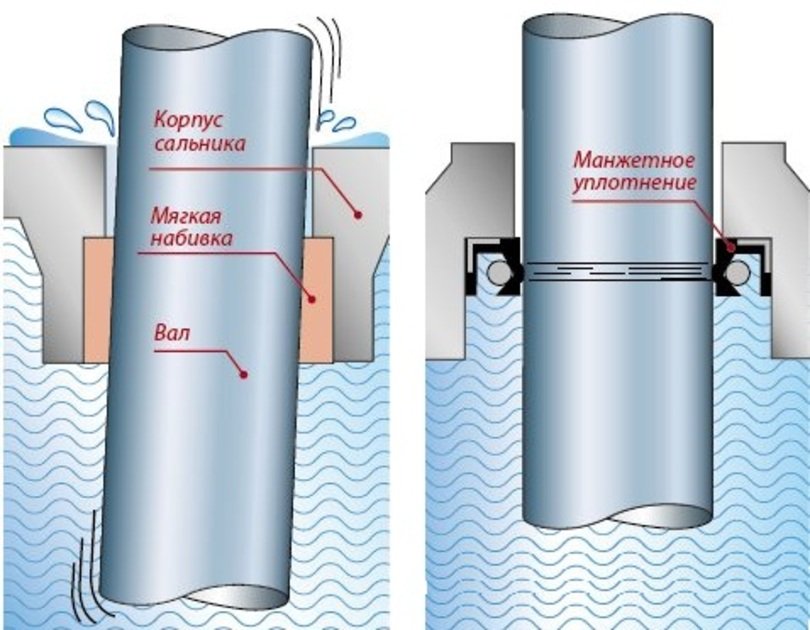
Symptoms of a Faulty or Faulty Transmission Oil Pressure Switch
Content
Common symptoms include the vehicle going into limp mode, difficult gear shifting, and higher engine speeds than normal.
In most modern cars, trucks and SUVs, the transmission and internal components are controlled by a series of sensors and switches that feed information to the ECM every millisecond. One such component is the transmission oil pressure switch, which is designed to control the amount of pressure generated inside the transmission case as fluid passes through a series of chambers and passages, allowing the transmission to shift smoothly. Like any other sensor, it can fail or simply wear out over time.
What is a gearbox oil pressure sensor?
The transmission oil pressure switch is attached to the transmission case and was designed to monitor and communicate the oil pressure inside the transmission to the on-board computer found in most vehicles. Older vehicles without an ECM also use a transmission oil pressure sensor, but instead of sending data to a computer, the information is displayed on a sensor located on the dashboard or sent to a monitoring console that lights up an indicator on the dashboard if there is a problem. detected.
Most modern cars have several sensors that control aspects of the transmission, from oil pressure to heat, rpm, and even some that control the cruise control on your car. The transmission oil pressure sensor is unique in that its sole purpose is to collect data on the pressure inside the transmission case, which affects the timing and process of upshifting or downshifting the vehicle if necessary.
Due to its location under the vehicle, the transmission oil pressure sensor can operate under extreme conditions and harsh environments. It can wear out, break, or fail, which can cause it to not work at all, or worse, send incorrect data to the car's ECM, which can cause the transmission to malfunction, which can lead to component damage. in the process.
If this component wears out or breaks, it causes a series of warning signs to appear that can alert the driver that there is a problem with this part and that it needs to be replaced as soon as possible. Below are some signs that the transmission oil pressure switch is damaged and should be replaced by a local ASE certified mechanic.
1. The car goes into "emergency" mode
The main function of the transmission oil pressure sensor is to provide information to the ECM, which regulates the control of the transmission. However, if the switch is damaged or is not communicating correctly to the ECM, the transmission may default to "weak" mode. In this case, the transmission will be locked into a "soft" gear, such as a third or fourth higher gear ratio, allowing the car to run at a lower RPM when the driver takes the car to the mechanic or returns home. . This will be blocked until the error codes are downloaded from the ECM by a professional mechanic and the problem that caused the "lame" mode is resolved.
If you are driving on the road and your transmission is stuck in a higher gear, drive home and have a professional mechanic check the problem. Most likely, the transmission is in this gear by default due to some kind of malfunction that needs to be fixed before driving again.
2. The car is hard to shift
One of the most common signs of oil pressure sensor damage is a loose wire that is attached to the switch and relays information to the ECM. When the wire is loose, this can cause the sensor to register a lower pressure than the pressure inside the gearbox. This erroneous information will be picked up by the computer, which can cause shifting difficulties (especially downshifting).
3. Engine speed is higher than it should be
Just like the situation above where the transmission is hard to shift due to a faulty oil pressure sensor, this same problem can cause the transmission to not shift when it should. In this situation, the engine will rev much higher than it should when it starts the transmission to upshift.
The transmission oil pressure sensor is vital to the smooth and efficient operation of the vehicle. If you notice any of the above warning signs or symptoms, contact a professional ASE certified mechanic in your area to have the transmission oil pressure sensor replaced as soon as possible if this is indeed the cause of your problems.
